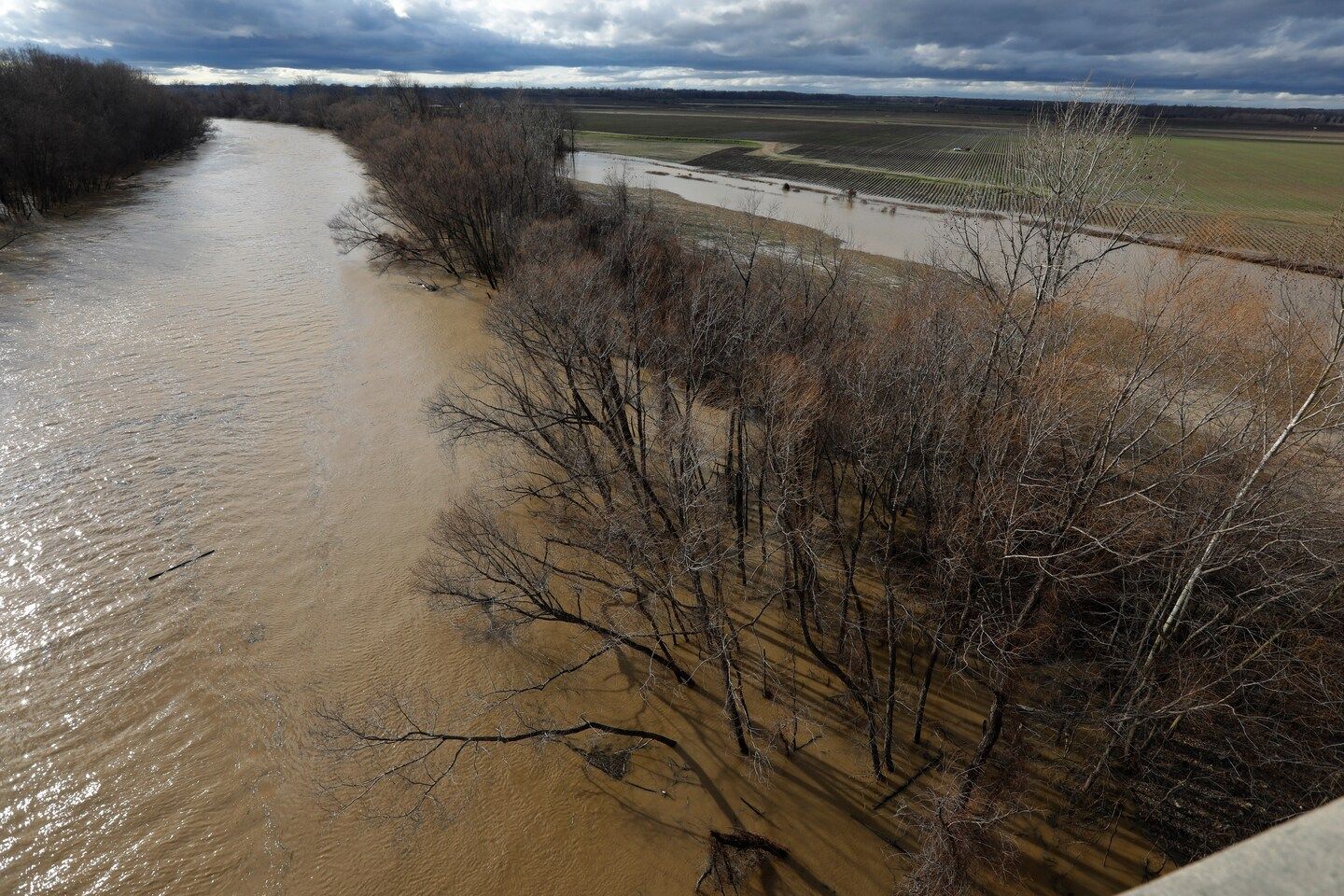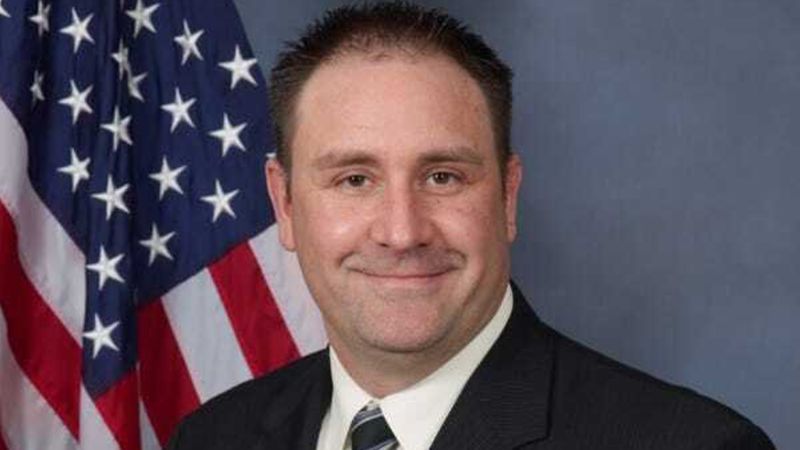How Supreme Court’s EPA ruling will affect U.S. wetlands, clean water
Listen 5 min Comment on this story Comment Gift Article Share
Bogs. Marshes. Swamps. Fens. All are examples of wetlands. But the type of wetland that gets protection under federal law is a matter of wide dispute, one reset by a sweeping ruling Thursday from the U.S. Supreme Court. Wp Get the full experience. Choose your plan ArrowRight At issue is the reach of the 51-year-old Clean Water Act and how courts should determine what count as “waters of the United States” under that law. Nearly two decades ago, the court ruled that wetlands are protected by the Clean Water Act if they have a “significant nexus” to regulated waters.
The Supreme Court decided that rule no longer applies and said the Environmental Protection Agency’s interpretation of its powers went too far, giving it regulatory power beyond what Congress had authorized. Here’s what you need to know about the ruling.
How did the court rule?
Writing for five justices of the court, Justice Samuel A. Alito ruled that the Clean Water Act extends only to “those wetlands with a continuous surface connection to bodies that are ‘waters of the United States’ in their own right, so that they are ‘indistinguishable’ from those waters.” He was joined by Chief Justice John G. Roberts Jr. and Justices Clarence Thomas, Neil M. Gorsuch and Amy Coney Barrett.
How does this ruling change which wetlands are protected?
Some environmental groups and legal experts estimate that the decision will remove federal protection from half of all wetlands in the continental United States. According to estimates from Earthjustice, an environmental law firm, the decision will prevent the EPA from placing federal protections on as many as 118 million acres of wetlands, an area larger than the landmass of California. Those estimates could not be immediately confirmed, but the ruling is expected to give farmers, home builders and other developers far more latitude to disturb lands previously regulated under the Clean Water Act.
What are the potential environmental impacts?
The ruling affects one of the EPA’s most fundamental authorities — its ability to protect upstream waters in order to protect downstream water quality for drinking supplies and wildlife. Experts say greater development upstream could result in silt and pollutants damaging downstream waters and habitat, and reduce the flood control and groundwater-recharge benefits of protected wetlands.
Where did the justices agree and disagree?
All of the justices thought the EPA got it wrong regarding the couple who brought the case — Michael and Chantell Sackett, who want to build a home on their property near one of Idaho’s largest waterways, Priest Lake.
Advertisement
But the justices disagreed on other particulars.
Justice Brett M. Kavanaugh took issue with the majority’s ruling that the EPA lacks authority to regulate wetlands that “are separated from a covered water” by a dike, levee or other barrier.
“The Court concludes that wetlands in that second category are not covered as adjacent wetlands because those wetlands do not have a continuous surface connection to a covered water — in other words, those wetlands are not adjoining the covered water,” he wrote. “I disagree because the statutory text (‘adjacent’) does not require a continuous surface connection between those wetlands and covered waters.”
Are there examples of areas that would lose protection?
Environmentalists said wetlands in such places as the Everglades and Indiana Dunes national parks would lose protections. In his opinion, Kavanaugh highlighted major water bodies such as the Chesapeake Bay and the Mississippi River, for which he said the court’s new interpretation could have real-world consequences.
Advertisement
“In particular, the Court’s new and overly narrow test may leave long-regulated and long accepted-to-be-regulable wetlands suddenly beyond the scope of the agencies’ regulatory authority, with negative consequences for waters of the United States,” he wrote. “For example, the Mississippi River features an extensive levee system to prevent flooding. Under the Court’s ‘continuous surface connection’ test, the presence of those levees (the equivalent of a dike) would seemingly preclude Clean Water Act coverage of adjacent wetlands on the other side of the levees, even though the adjacent wetlands are often an important part of the flood-control project.”
Will this decision have implications for other environmental laws?
The decision could affect far more than just this one set of clean-water rules, although its full potential is still a matter of debate.
Advertisement
Some environmentalists and legal experts say it could limit the EPA from acting on many modern problems, especially climate change, or doing anything that might expand the authority of a federal agency beyond previous limits. They point to language from Alito requiring Congress to “enact exceedingly clear language” on rules that may affect private property. They further point to trends in the court’s rulings and the cases it is agreeing to take that suggest the conservative-majority court is skeptical of the executive branch’s regulatory power.
“No environmental rule is safe in the wake of this decision,” said Patrick Parenteau, an environmental law expert at Vermont Law School.
But others say the ruling is not that expansive. There are major differences between the Clean Water Act and other bedrock environmental laws in the parameters they set around federal authority, said Kevin Minoli, a partner at the Alston & Bird law firm and former lawyer in the EPA’s Office of General Counsel under Republican and Democratic administrations. That probably limits the influence Thursday’s decision may have on attempts to regulation air pollution, greenhouse gas emissions and chemicals.
“I do not see the Supreme Court’s decision as an imminent threat to environmental regulations adopted in other contexts,” Minoli said.
GiftOutline Gift Article
Source: The Washington Post


